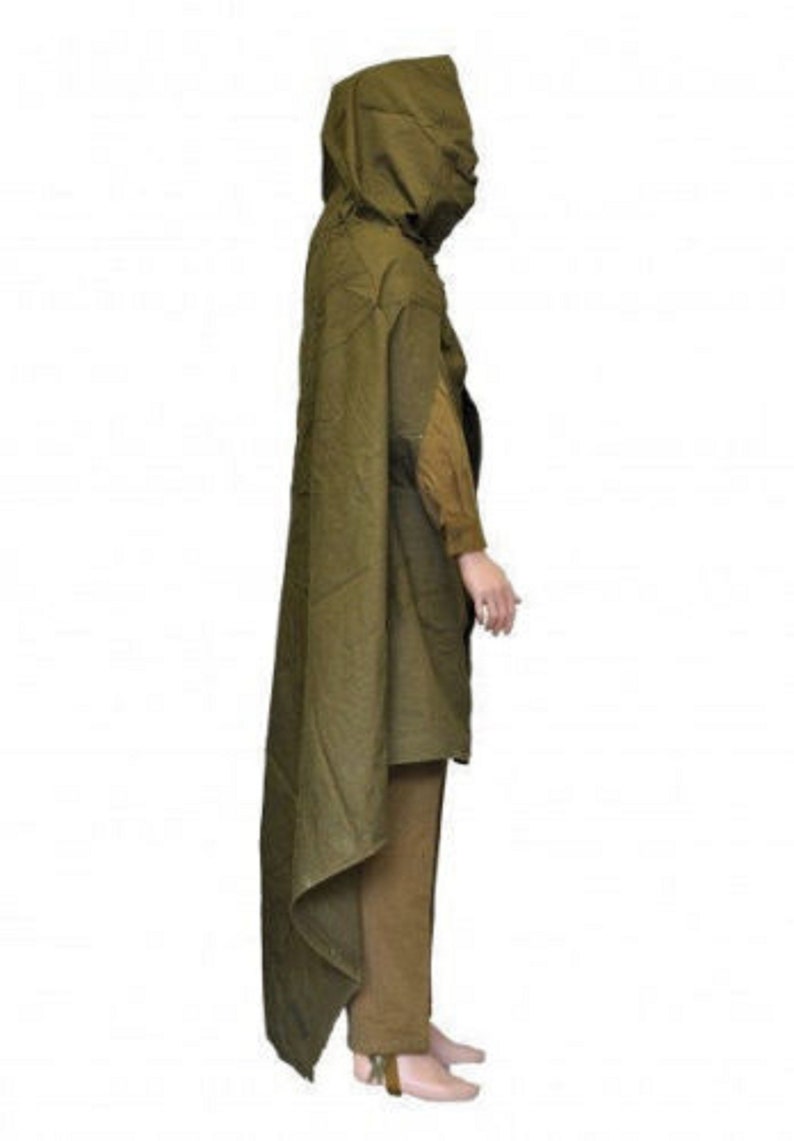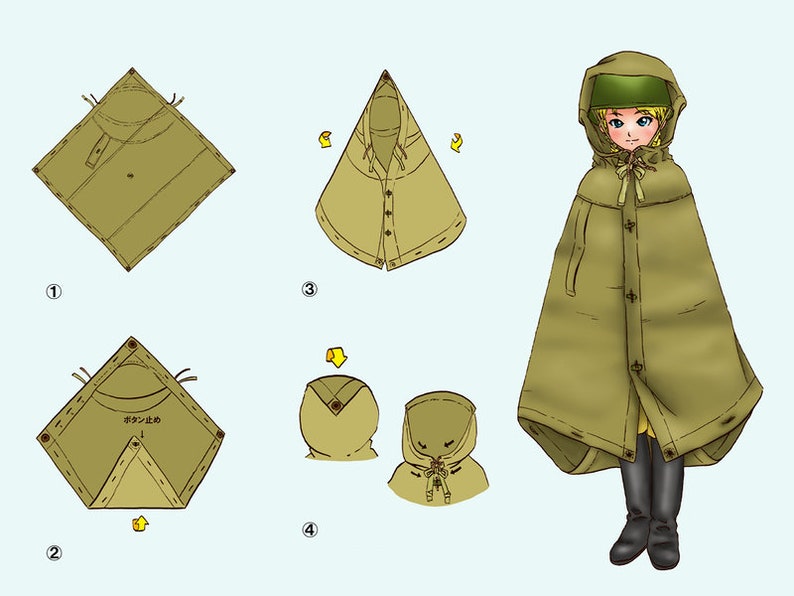
So what did the Soviet soldier carry? There would be an ammunition pouch. Some removed the gas protection equipment and used the bags for more useful items. Once it was accepted that gas warfare was unlikely Soviet soldiers often did not bother to wear this bag. The Soviet equivalent was a canvas bag carried near the left hip. Other blades such as German trench knives or Finnish puukot might also have been carried.Īn iconic equipment item of the German soldier is the metal canister used to carry his gas mask.

Scouts and some other troops might carry the NR-40 knife. While the bayonet was a useful fire poker, screwdriver, pot lifter and candlestick it was not much use as a utility knife. Bayonet scabbards tend to be all metal and on the heavy side in my experience, so this policy may have saved the Soviet soldier a few ounces of unnecessary weight. No bayonet scabbard was issued in wartime since they were not needed. Some other Soviet weapons had folding bayonets. It was also a handy implement for clearing a jammed cartridge. The standard bayonet had a screwdriver tip for adjustment of certain parts of the rifle. The Soviet rifle used a socket bayonet that was kept permanently attached to the rifle. The German usually placed his bayonet over his entrenching tool. The breadbag may placed inside the pack rather than being worn on the belt.Īnother “missing” item is the bayonet scabbard. Again the Soviet seems to have preferred to carry his rations and personal items in his pack. There was a Soviet version of the breadbag but it does not seem to have been so widely used. An older pattern of circular pail was also in use.

The Soviet mess tin was a kidney section pail of similar design to the German. The Soviet seems to have preferred to carry his mess tin in his backpack or tied to the outside. Sometimes the mess tin was attached to the yoke or a backpack but carry on the belt was very common. The German routinely carried his mess tin and breadbag on his belt. They might be slightly used, but virtually as new.The first thing you notice when comparing the German and the Soviet is what is not there. These shelters are straight from the Russian army warehouses. When used as stretchers, the fixed bag will work as a pillow (but you must fill it). The Ratnik tarp can be used as stretchers too, as you can probably deduct by looking at the sturdy handles. With 65 cm / 25.5" long poles sticked in the holes reserved for them you can also make a crimped but protective one-man tent. To make a simple one man shelter, get some paracord and tie two corners on trees and peg the other side to the ground.įour-man tent requires two shelters: you connect them together with the provided D-loops and straps. The Ratnik 6Sh120 universal shelter has a multitude of attachment points and provisions to use two tarps together. Measurements packed in the fixed pouch 26 x 39 cm / 10" x 15.5".

This shelter tarp is made actually really well. Sometimes things take a turn for the more concerning direction, like the fact that the Russian army now fields a human-sized tarp instead of the Plash "Slightly too small and almost keeps out water" Palatka of the past. This is the new Plash Palatka, which, unlike the old model, is not a rain cape but a viable tarp.
#RUSSIAN PLASH PALATKA MOVIE#
While Ratnik does indeed sound like some East European movie bad guy, it's actually the new Russian combat kit system.


 0 kommentar(er)
0 kommentar(er)
